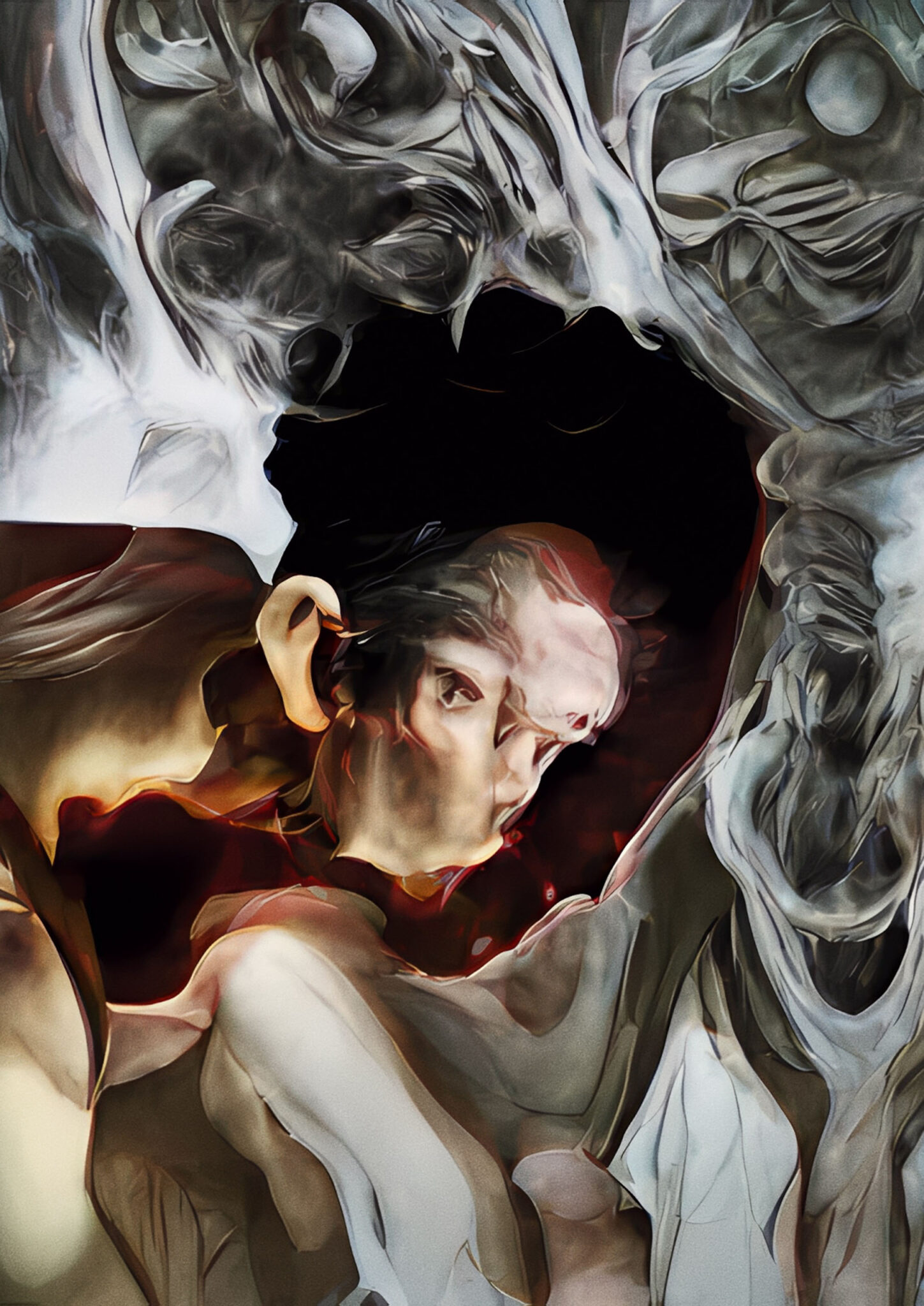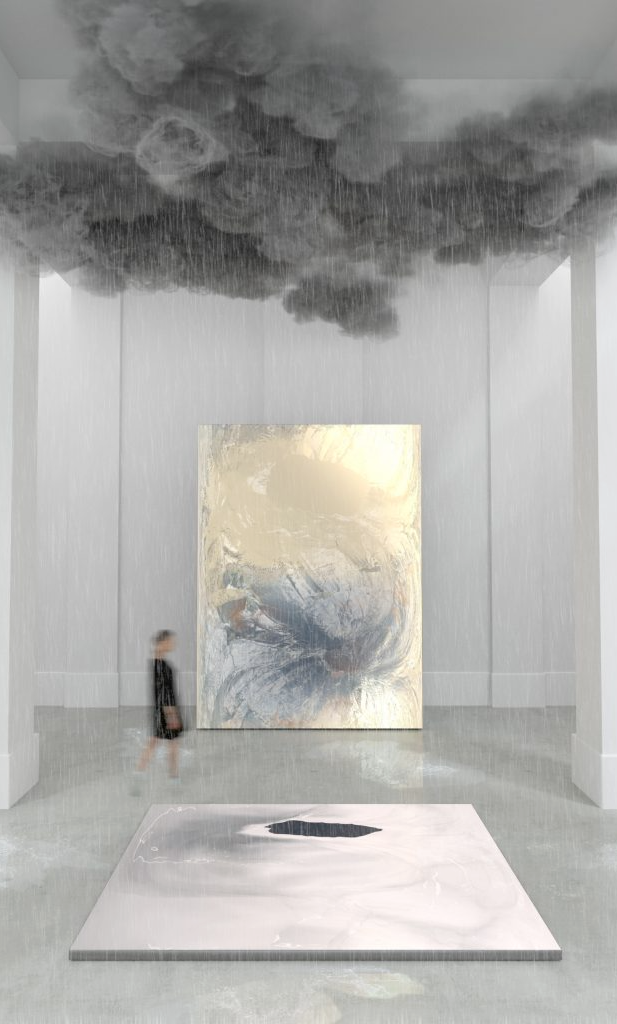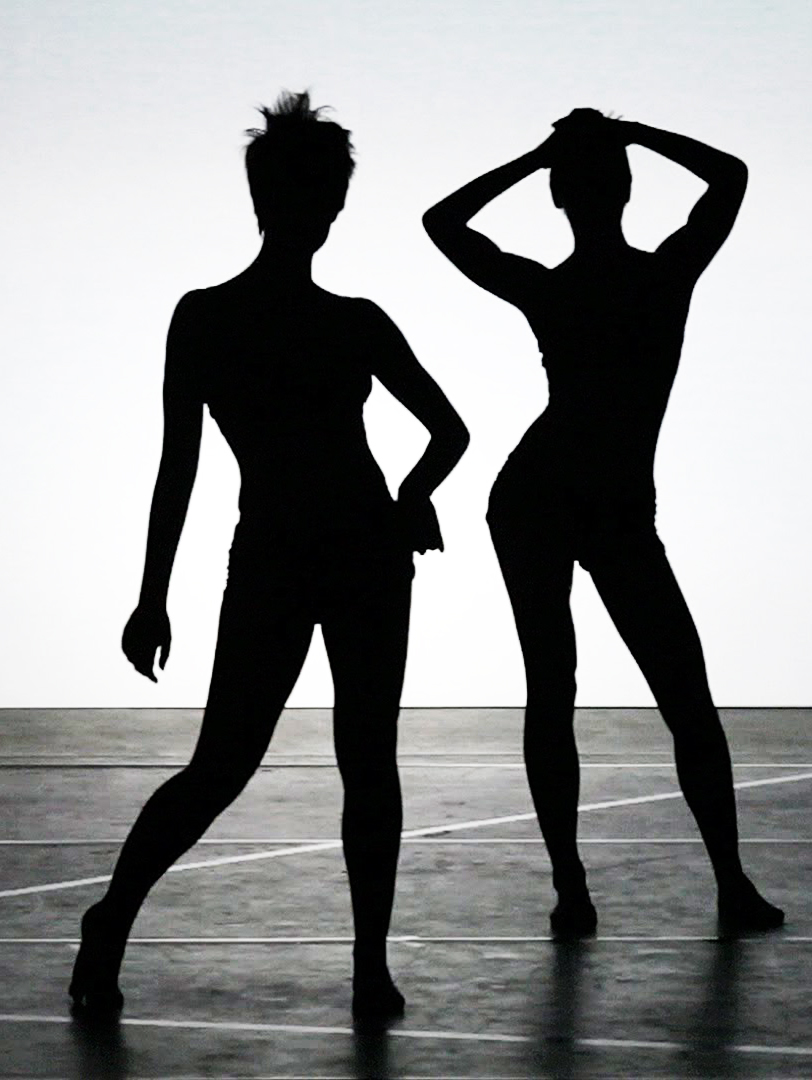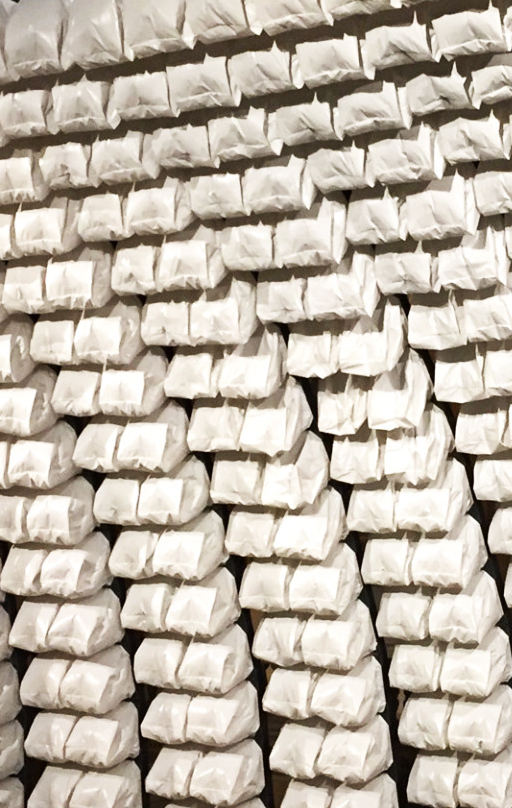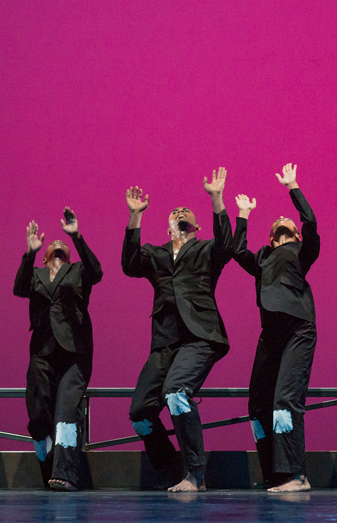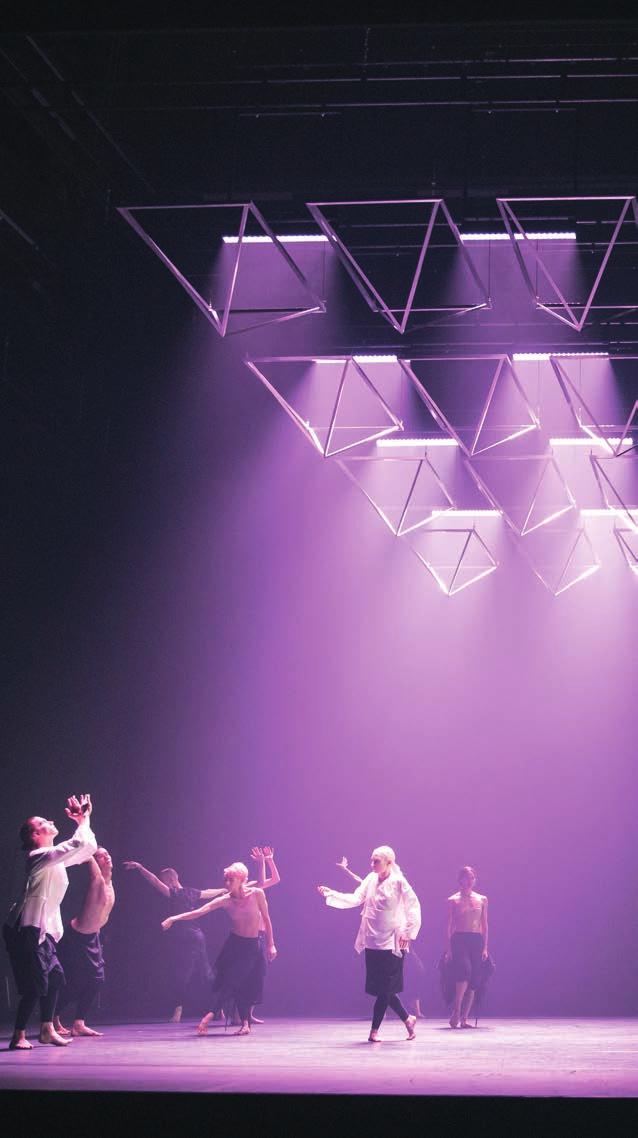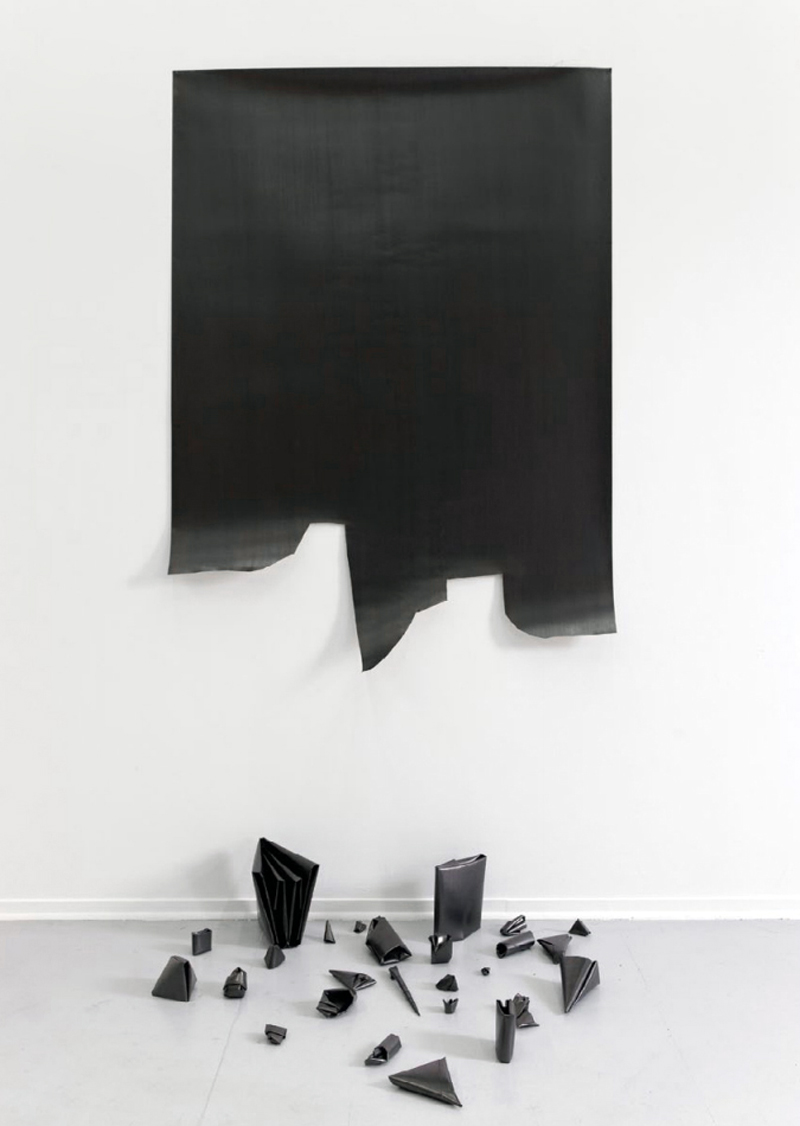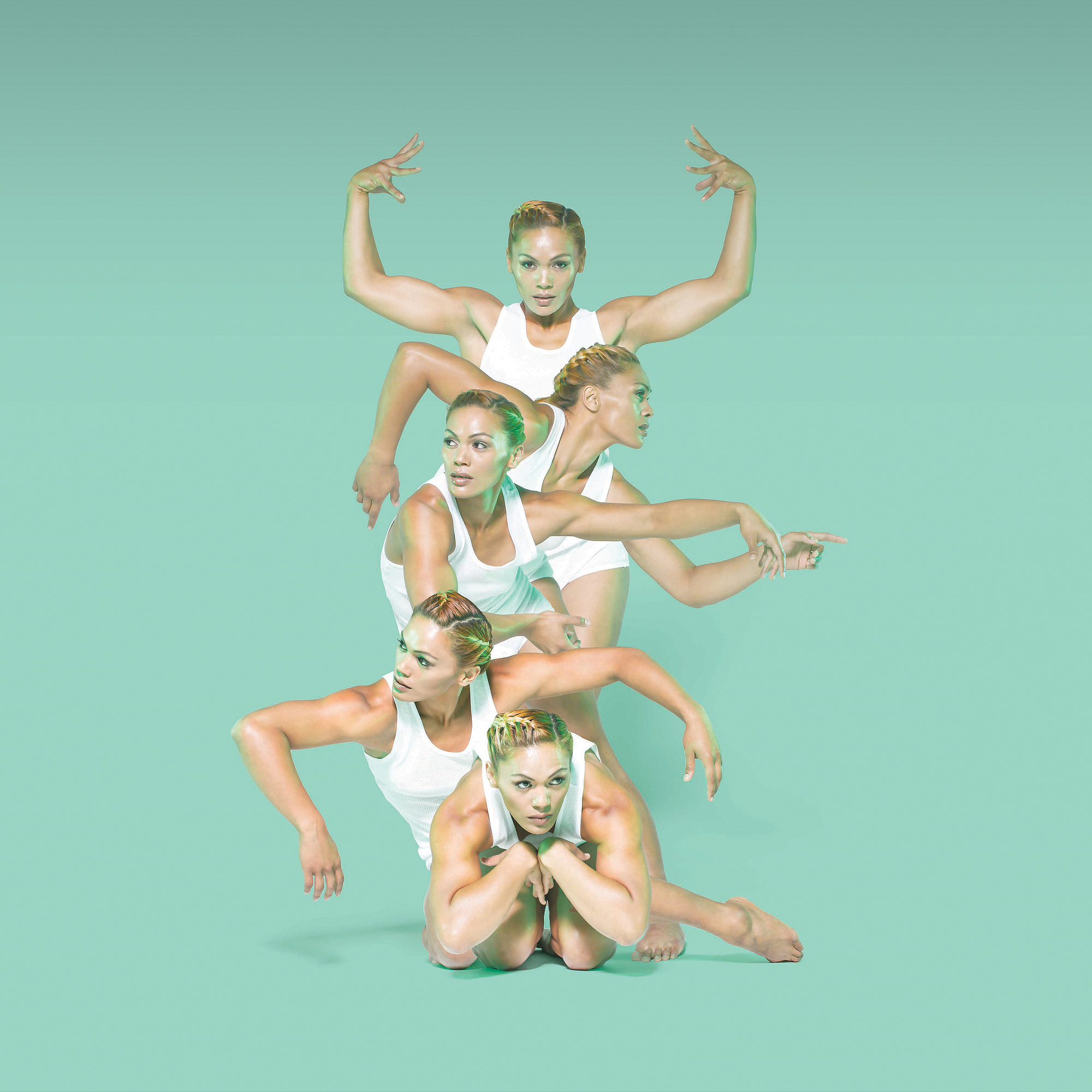
Hyperchoreography
An interactive installation between dance
L’ipercoreografia è un’installazione video interattiva a sei schermi. Puoi attivare e controllare il video dei sei ballerini nel lavoro con i tuoi movimenti del corpo. Puoi diventare un ballerino o anche un coreografo del lavoro, sperimentando la gioia illimitata della danza e della danza. L’ipercoreografia è un’esperienza emozionante e stimolante che ti offre una panoramica dell’arte della coreografia e dello screendance. L’ipercoreografia è una nuova installazione concepita dagli artisti dello screendance Simon Fildes e Katrina McPherson della pluripremiata compagnia di produzione indipendente scozzese Goat. L’opera d’arte è stata creata in collaborazione con il coreografo tibetano di fama internazionale Sang Jijia, il produttore musicale veterano Dickson Dee, sei ballerini eccezionali e il creativo locale, LazyAnt.
